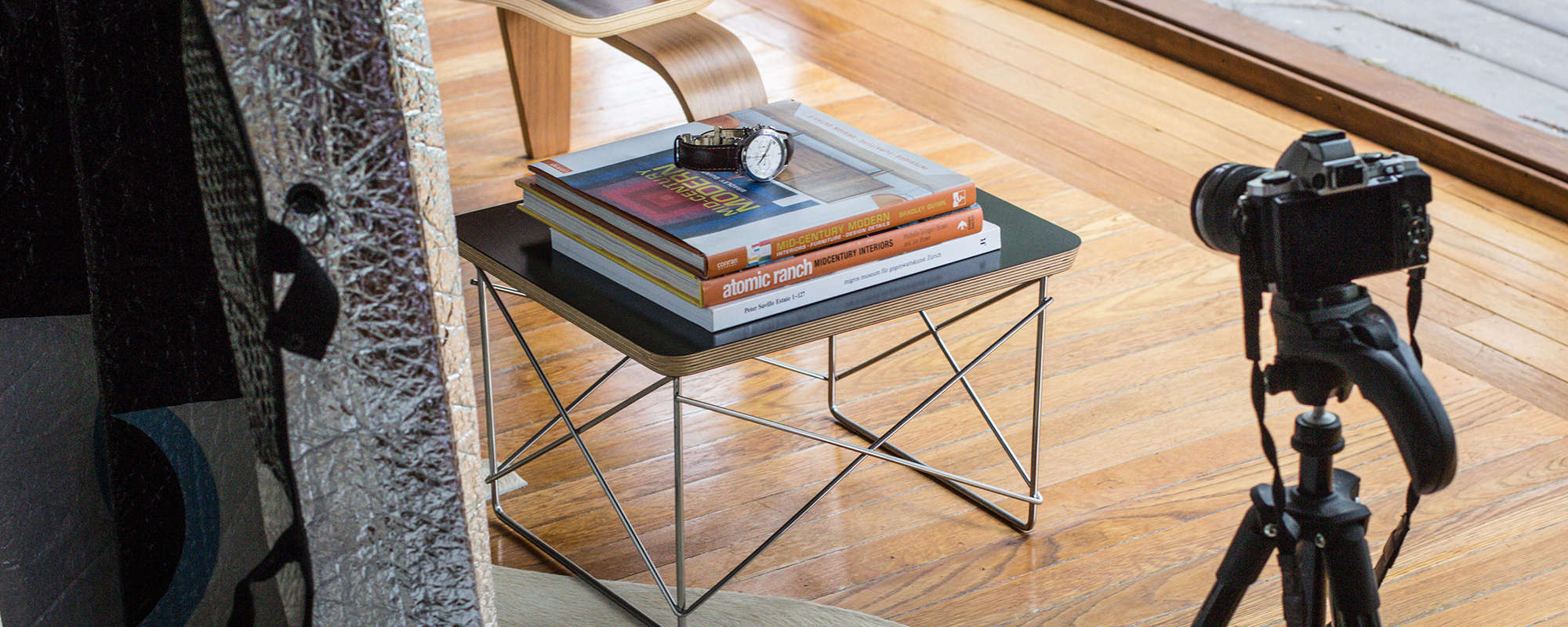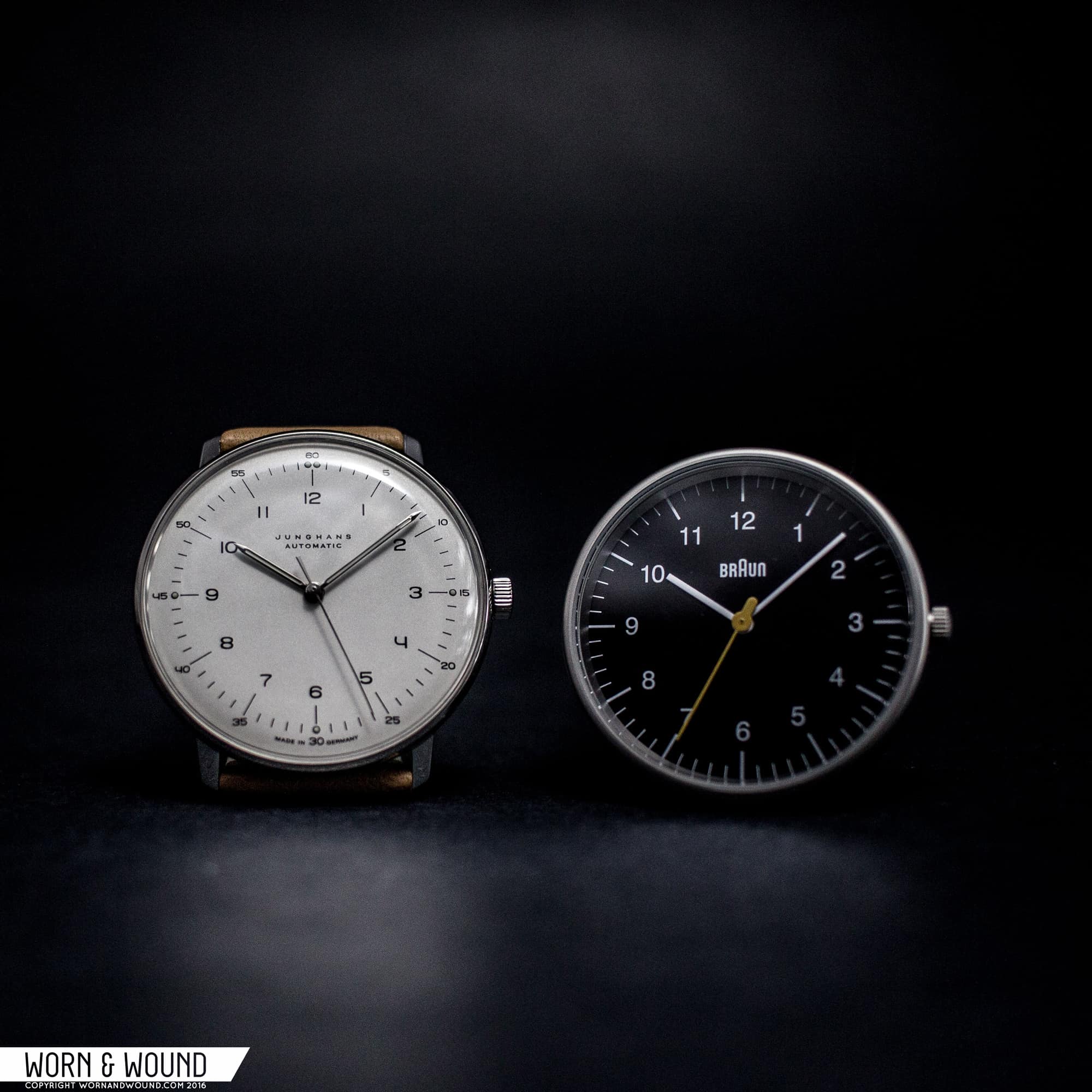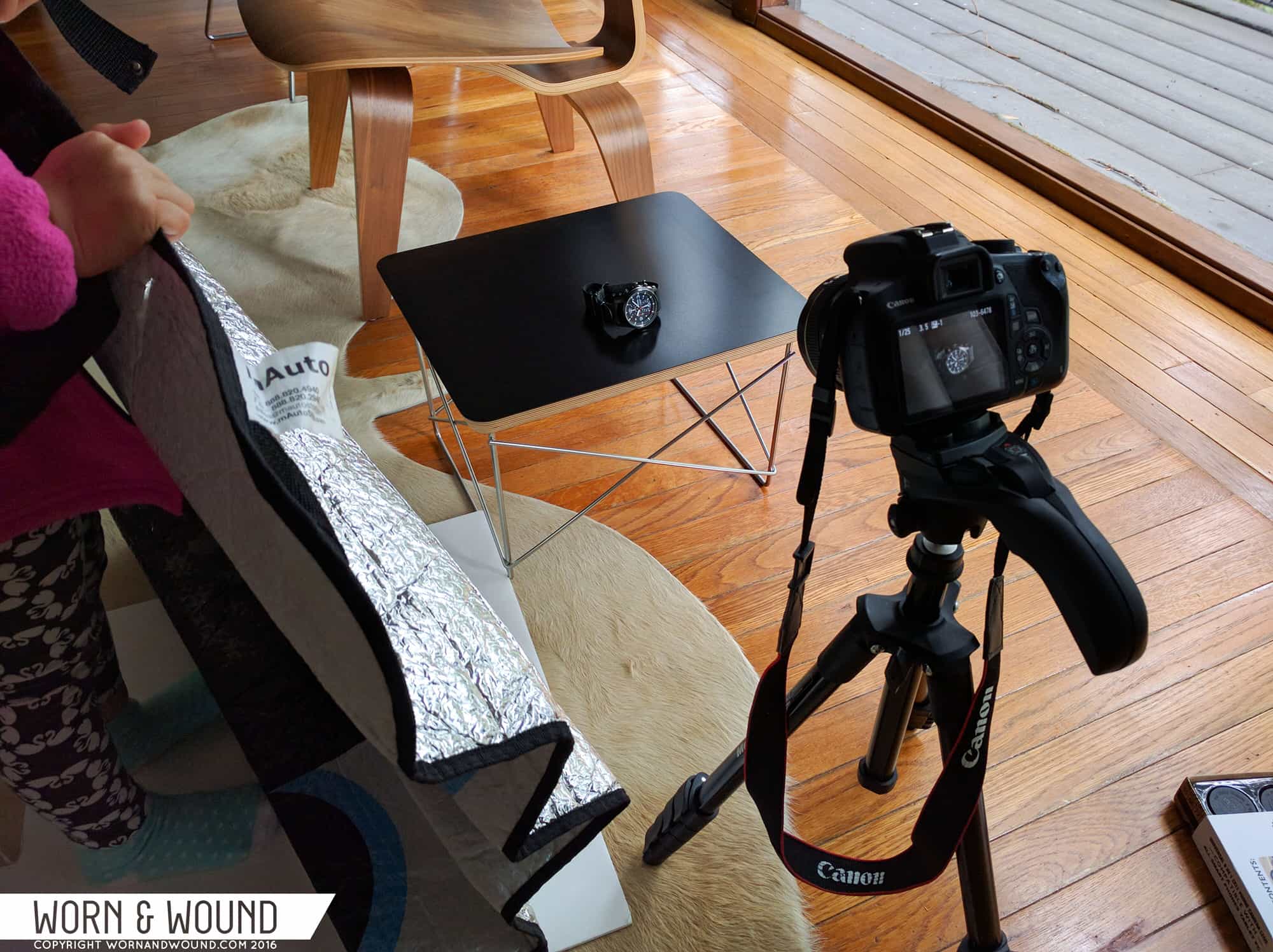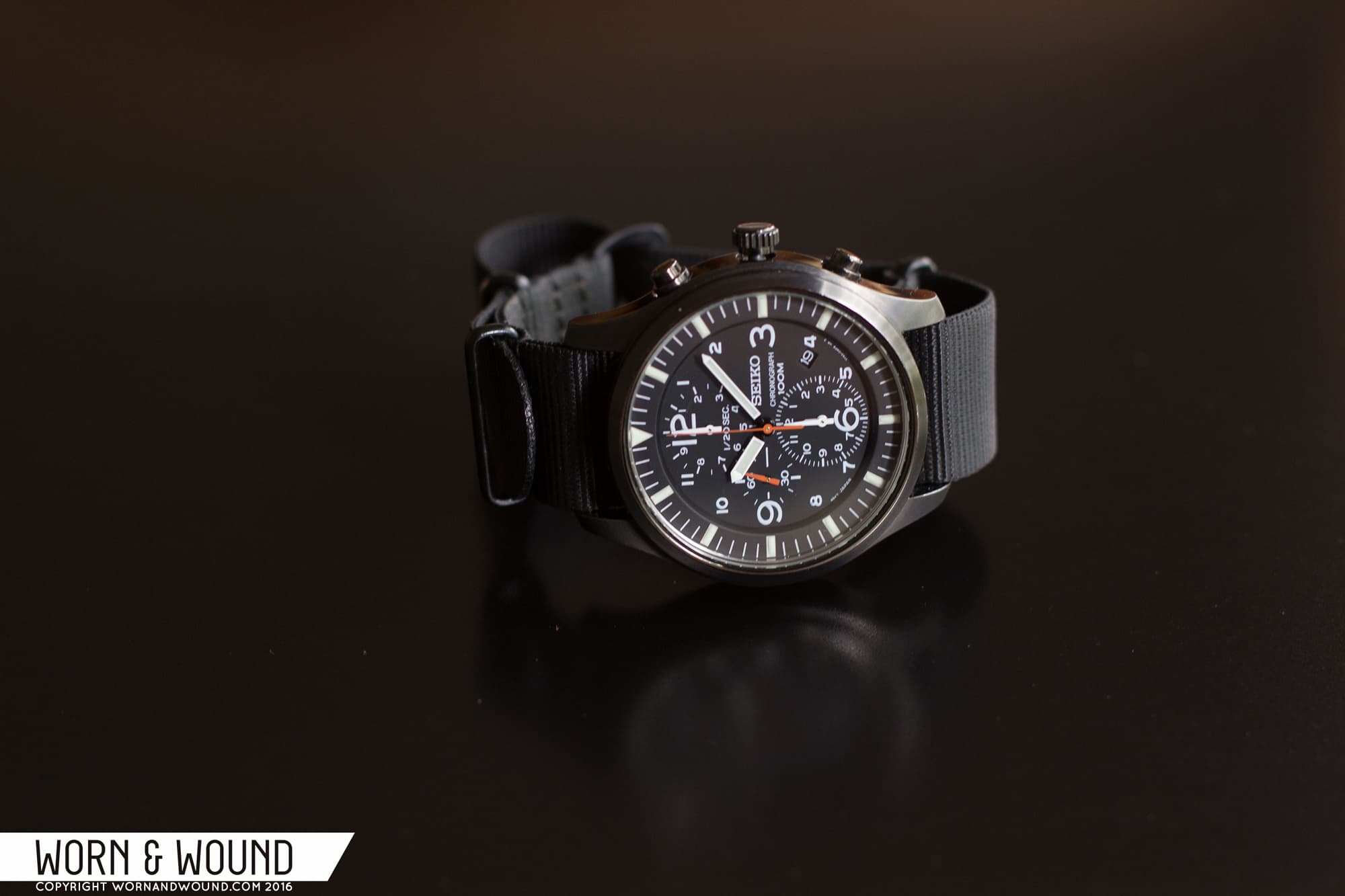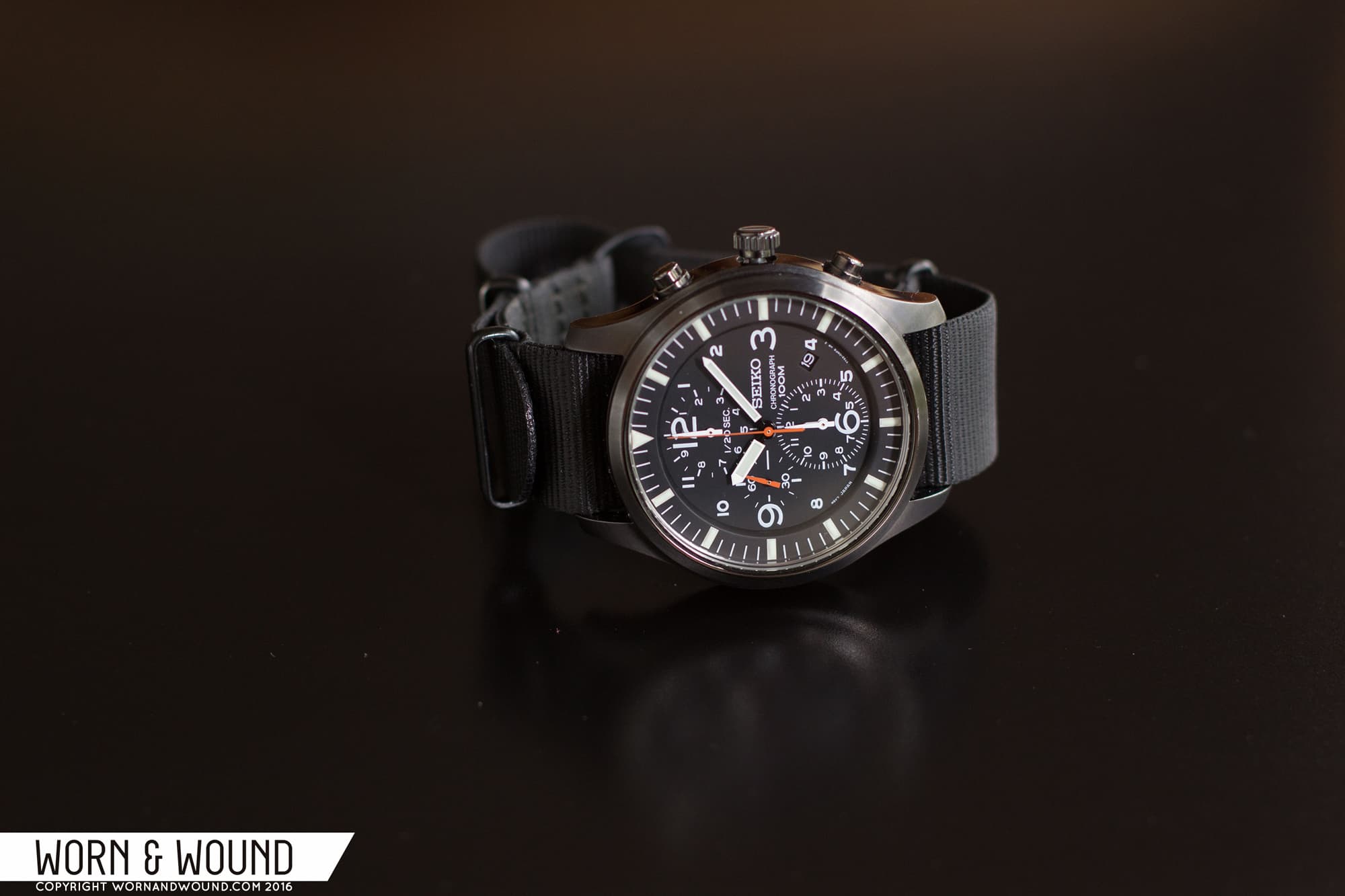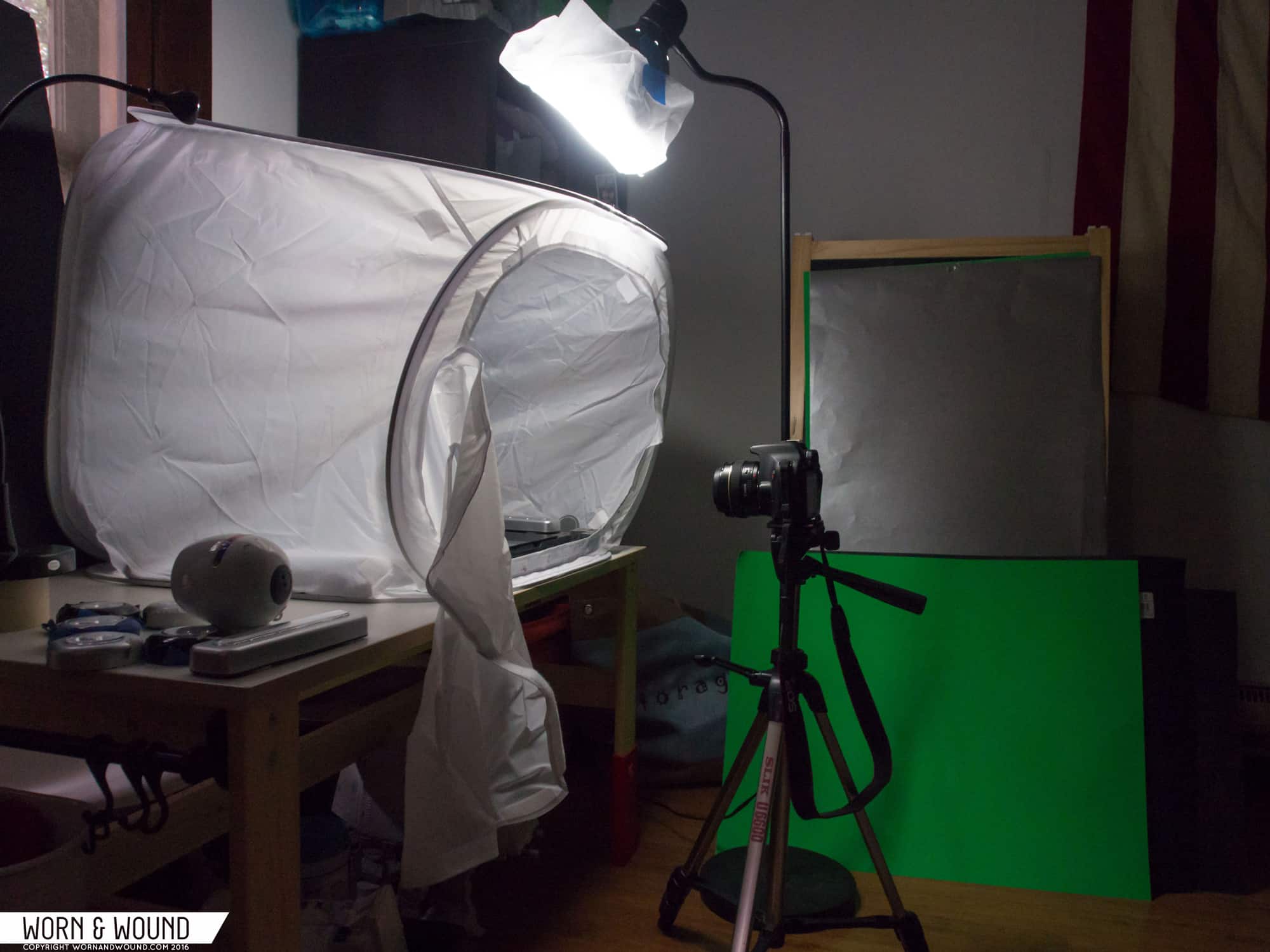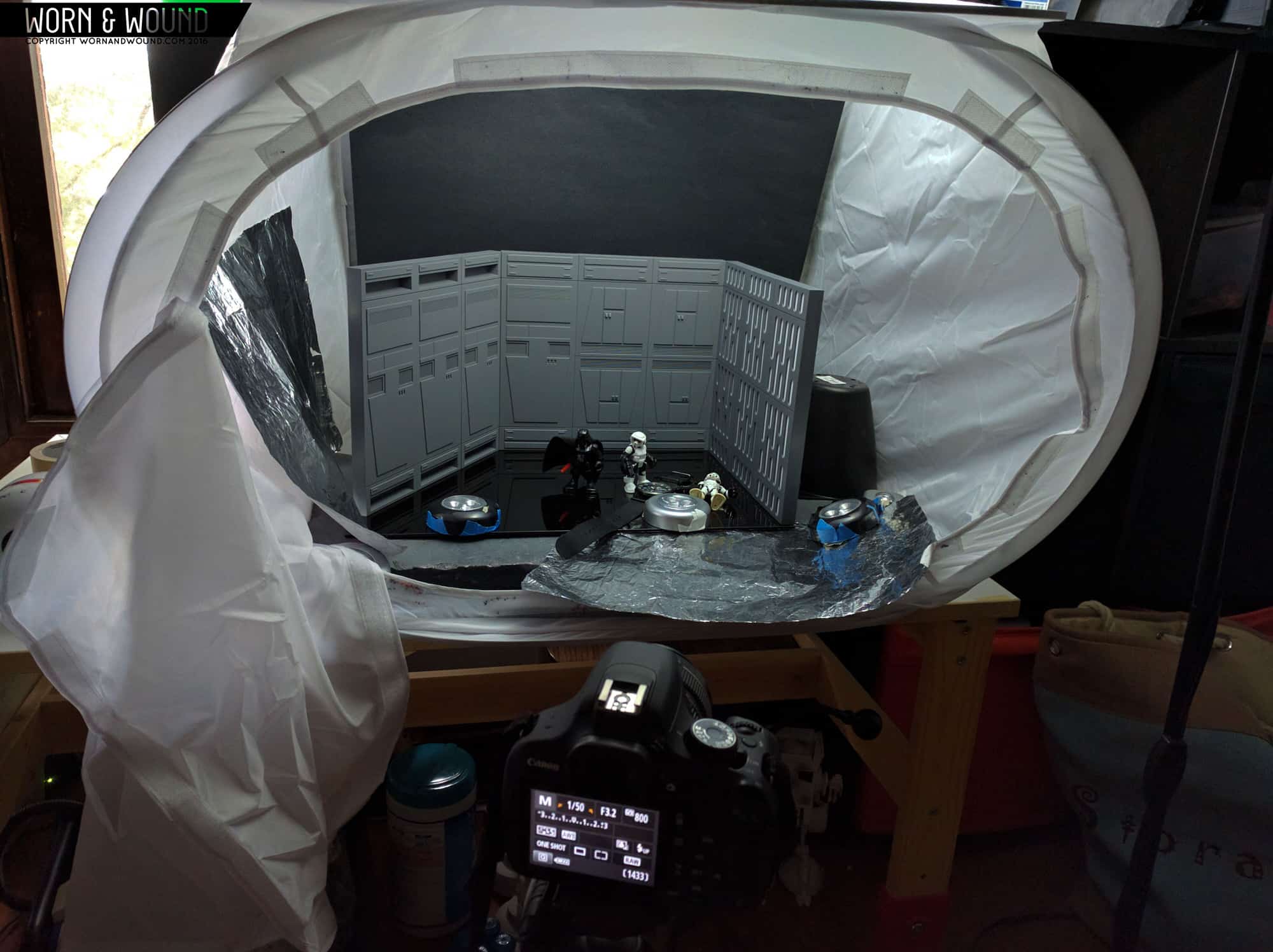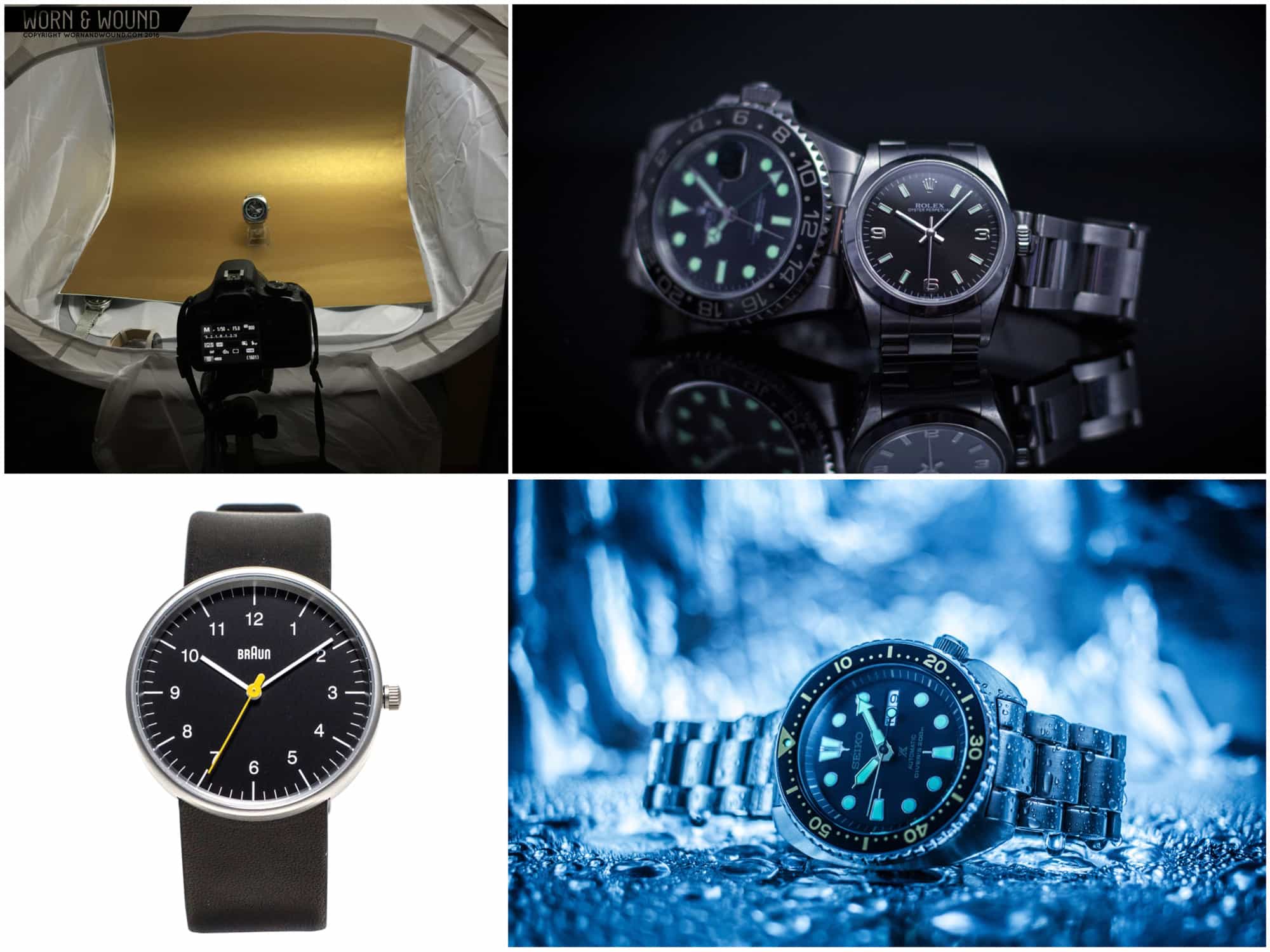This almost goes without saying, but we take a lot of photographs of watches here at worn&wound. We are often asked about our process (which we briefly addressed in Episode 7 of The worn&wound Podcast) by enthusiasts looking to build on their skill-set. So today, we’re kicking off a short series we’re calling Watch Photography 101 with the goal of doing just that. In this inaugural installment of the series, Hung Doan will break down a key aspect of watch photography that often goes overlooked—basic lighting.
After collecting watches, some of us enthusiasts evolve into photographing our prized possessions. Photography is a natural byproduct of this hobby. Before the scratches appear, you may want to document a watch while it’s still fresh and new. Or you may simply want to share your latest acquisition across social media.
My interest in watch photography began with the rise of watch-interest forums 20 years ago. I started with a 3.3 megapixel CoolPix Nikon camera (how far we’ve come) and over the years, I’ve learned a few tricks that I have since applied to my hobby (I’ve also spent the past 20 years working in the advertising industry, so I’ve dabbled in pro-level work and polish). Today, I shoot with a Canon Rebel,
various micro-four-third cameras, and, of course, my smartphone. This is, by no means, professional gear and it’s not without its limitations, but for my purposes and for the purposes of this guide, it works just fine. Let’s get to some of the basics.









 Featured Videos
Featured Videos




